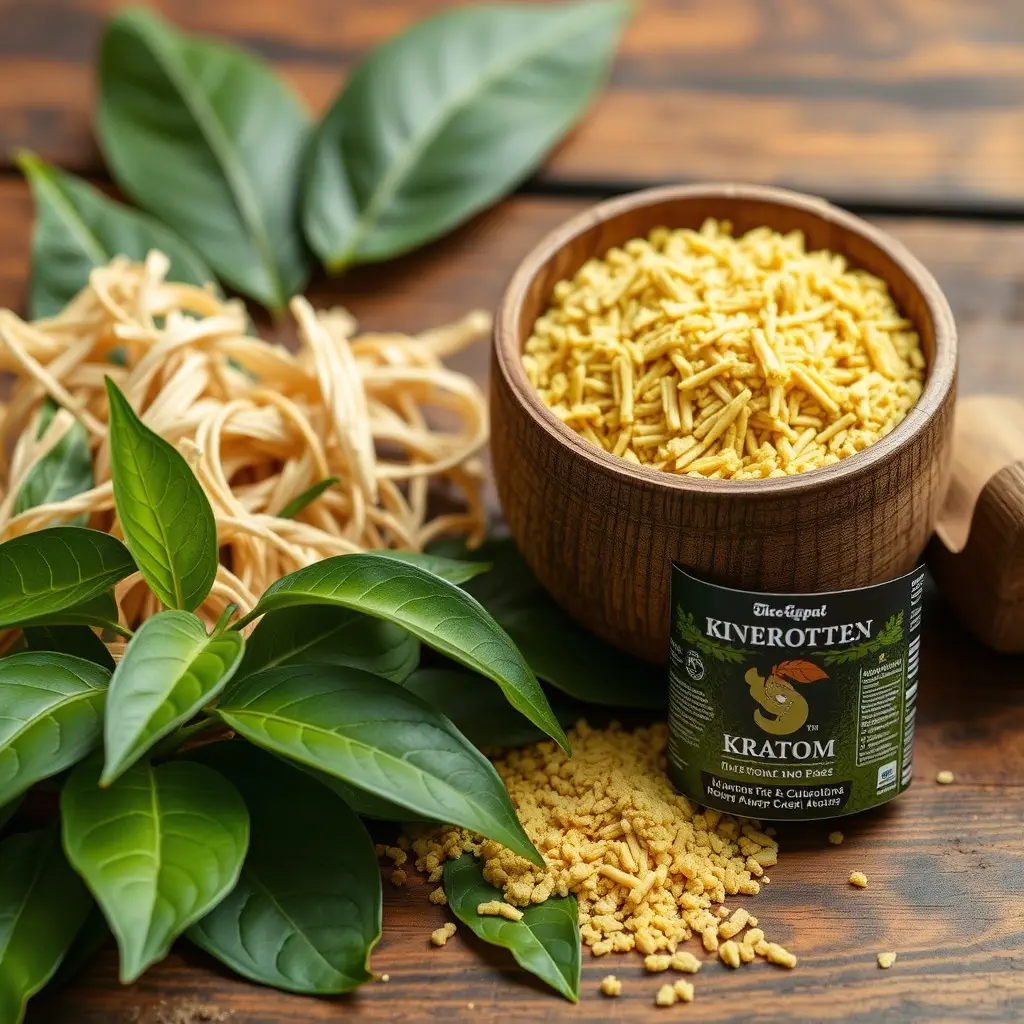The U.S. Army has updated its substance detection protocols to include kratom testing, recognizing its potential as a non-opioid pain management alternative. This change reflects the Army's commitment to addressing soldier well-being and maintaining operational readiness by managing substance use effectively. Kratom's inclusion in mandatory drug screenings is part of a broader approach to health and safety within the military, aiming to balance its potential benefits for pain relief with the necessity of adhering to substance abuse policies. The Army's stance underscores the importance of understanding kratom's effects, legal status, and interactions with other substances to ensure force protection and operational readiness. The dialogue around drug testing, particularly regarding kratom, emphasizes the need for evidence-based research, clear guidelines, and educational initiatives to support responsible use and inform policy decisions.
Kratom, a plant from Southeast Asia, has garnered attention for its potential in injury prevention and management, particularly within military sectors. This article delves into the multifaceted role of kratom in safeguarding military personnel against injuries and mitigating the pain associated with service-related trauma. We explore how kratom’s analgesic properties can complement traditional medical practices and address the Army’s stance on kratom testing, including whether it does test for kratom use. By integrating a holistic approach to injury prevention and management, this article aims to shed light on the implications of kratom for soldier well-being, offering insights into a novel strategy for maintaining military readiness and operational effectiveness.
- Understanding Kratom's Role in Injury Prevention and Management for Military Personnel
- The Army's Stance on Kratom Use and Testing: Implications for Soldier Well-being
- Crafting a Holistic Approach to Injury Prevention and Pain Management with Kratom in the Military Context
Understanding Kratom's Role in Injury Prevention and Management for Military Personnel

Kratom, a mitragynoid plant from Southeast Asia, has garnered attention within military circles for its potential role in injury prevention and management. The unique alkaloids found in kratom leaves have been reported to provide pain relief, enhance stamina, and improve mood, which are critical factors for military personnel operating under physically demanding conditions. Research into the efficacy of kratom for pain management has shown promise, suggesting that it could serve as an alternative to opioids for acute and chronic pain, reducing the risk of opioid dependency and abuse.
However, the use of kratom within military personnel raises questions about its legal status and testing protocols. Does the army test for kratom? As of the knowledge cutoff date, the U.S. Army has not included kratom in its list of prohibited substances, recognizing its potential benefits for pain relief and energy enhancement. Nonetheless, the military must navigate the legality and regulatory framework surrounding kratom use. It’s crucial for military personnel to understand the implications of using kratom, including its potential interactions with other medications and the need for regulation to ensure safe and responsible usage. Incorporating kratom into injury prevention and management strategies for military personnel requires careful consideration of these factors, as well as adherence to strict guidelines to maintain operational readiness and force protection.
The Army's Stance on Kratom Use and Testing: Implications for Soldier Well-being

The United States Army has acknowledged the presence and usage of kratom among its personnel, prompting a need for clear policies and testing measures to address its implications on soldier well-being. As of recent updates, the Army’s substance detection protocol includes tests for kratom due to its opioid-like effects and potential for abuse. This development is a response to the growing awareness of kratom’s role in injury prevention and management, as it may serve as an alternative to more conventional and potentially hazardous pain medications. The Army’s stance on kratom use necessitates rigorous testing to ensure compliance with regulations and to protect the health and safety of soldiers. The presence of kratom in mandatory drug screenings reflects the Army’s commitment to addressing substance abuse and maintaining operational readiness. Soldiers must navigate these new guidelines to understand how kratom fits within their medical treatment regimens for injury prevention and management, balancing the benefits it may offer with the Army’s stringent policies on substance use. The implications of the Army’s stance extend beyond mere policy; they impact the daily lives of soldiers who rely on effective pain management to perform their duties while recovering from injuries or managing chronic pain. As such, the Army’s approach to kratom testing is a critical aspect of its ongoing efforts to safeguard the health and effectiveness of its personnel.
Crafting a Holistic Approach to Injury Prevention and Pain Management with Kratom in the Military Context

Incorporating kratom into a holistic approach for injury prevention and pain management within the military context is a topic of growing interest. Kratom, derived from the leaves of Mitragyna speciosa, has been recognized for its potential to alleviate chronic pain, reduce withdrawal symptoms from opioid cessation, and provide energy and mood enhancement. Given the rigorous physical demands of military service and the high incidence of musculoskeletal injuries, there is a pressing need for effective, non-addictive analgesics. The use of kratom as an adjunct to traditional pain management strategies could offer a viable alternative to opioids, which are often associated with dependency and adverse side effects. However, the integration of kratom into military health protocols raises questions, such as does the army test for kratom, reflecting the substance’s legal status and the need for clear guidelines and comprehensive research on its efficacy and safety within this unique population.
The consideration of kratom in the military context must be approached with a multifaceted strategy that includes rigorous scientific investigation, policy development, and education on its potential benefits and risks. This approach should address the unique challenges faced by military personnel, including the high-stress environments they operate in, which can exacerbate existing injuries or pain conditions. Additionally, the focus on injury prevention through improved ergonomics, training techniques, and physical conditioning, coupled with the judicious use of kratom for pain management when appropriate, could lead to better outcomes for service members. The dialogue surrounding does the army test for kratom is crucial, as it underscores the importance of establishing protocols that ensure the well-being of military personnel while maintaining operational readiness and compliance with legal standards.
In conclusion, the potential of kratom in injury prevention and management, particularly within military contexts, has been thoroughly explored. The article highlights how understanding kratom’s role can contribute to better outcomes for military personnel, who often face unique physical and psychological demands. The Army’s stance on kratom use and testing—a critical aspect that does the army test for kratom—has significant implications for soldier well-being. By adopting a holistic approach that integrates kratom where appropriate, the military can enhance its injury prevention and pain management strategies, offering soldiers safer alternatives to opioids and promoting overall health and readiness. It is clear that further research and clear guidelines are necessary to navigate this emerging field effectively, ensuring the safety and efficacy of kratom within military applications.






